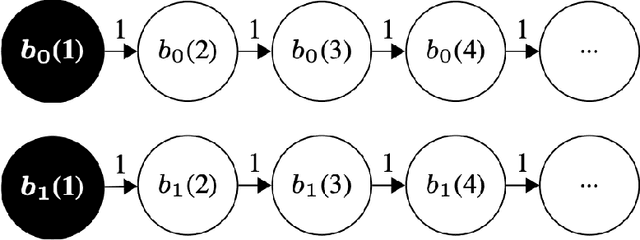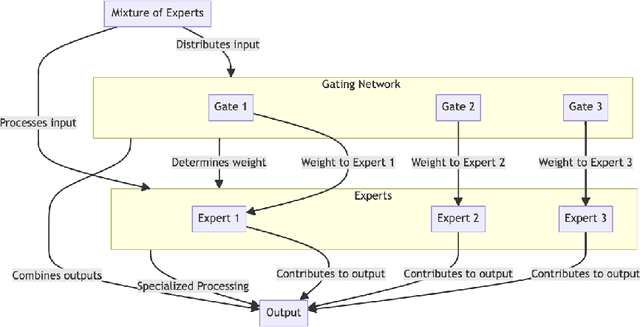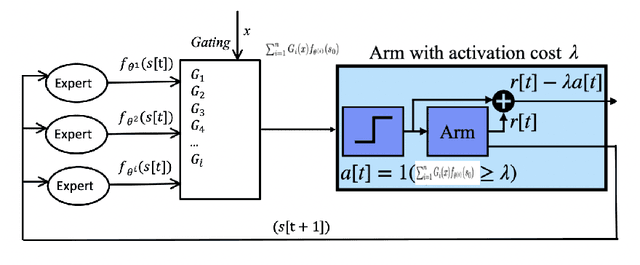Wayne Wang
Performant LLM Agentic Framework for Conversational AI
Mar 09, 2025Abstract:The rise of Agentic applications and automation in the Voice AI industry has led to an increased reliance on Large Language Models (LLMs) to navigate graph-based logic workflows composed of nodes and edges. However, existing methods face challenges such as alignment errors in complex workflows and hallucinations caused by excessive context size. To address these limitations, we introduce the Performant Agentic Framework (PAF), a novel system that assists LLMs in selecting appropriate nodes and executing actions in order when traversing complex graphs. PAF combines LLM-based reasoning with a mathematically grounded vector scoring mechanism, achieving both higher accuracy and reduced latency. Our approach dynamically balances strict adherence to predefined paths with flexible node jumps to handle various user inputs efficiently. Experiments demonstrate that PAF significantly outperforms baseline methods, paving the way for scalable, real-time Conversational AI systems in complex business environments.
ContextWIN: Whittle Index Based Mixture-of-Experts Neural Model For Restless Bandits Via Deep RL
Oct 13, 2024



Abstract:This study introduces ContextWIN, a novel architecture that extends the Neural Whittle Index Network (NeurWIN) model to address Restless Multi-Armed Bandit (RMAB) problems with a context-aware approach. By integrating a mixture of experts within a reinforcement learning framework, ContextWIN adeptly utilizes contextual information to inform decision-making in dynamic environments, particularly in recommendation systems. A key innovation is the model's ability to assign context-specific weights to a subset of NeurWIN networks, thus enhancing the efficiency and accuracy of the Whittle index computation for each arm. The paper presents a thorough exploration of ContextWIN, from its conceptual foundation to its implementation and potential applications. We delve into the complexities of RMABs and the significance of incorporating context, highlighting how ContextWIN effectively harnesses these elements. The convergence of both the NeurWIN and ContextWIN models is rigorously proven, ensuring theoretical robustness. This work lays the groundwork for future advancements in applying contextual information to complex decision-making scenarios, recognizing the need for comprehensive dataset exploration and environment development for full potential realization.
 Add to Chrome
Add to Chrome Add to Firefox
Add to Firefox Add to Edge
Add to Edge